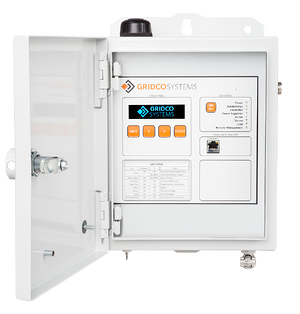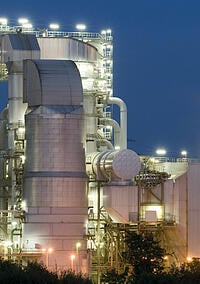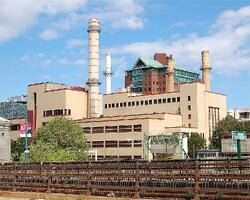The U.S. Environmental Protection Agency’s (EPA’s) plan to regulate carbon emissions is just the latest challenge facing the U.S. electric power system. Technological innovation is disrupting old ways of doing business and accelerating grid modernization. Earlier this year, AEE released Advanced Energy Technologies for Greenhouse Gas Reduction, a report detailing the use, application, and benefits of 40 specific advanced energy technologies and services. This post is one in a series drawn from the technology profiles within that report.

Energy Service Companies (ESCOs) are in the business of reducing customers’ energy use and costs by implementing comprehensive energy efficiency solutions. This typically involves retrofitting existing buildings with energy efficient equipment such as high-efficiency lighting, heating, air conditioning, and motors, as well as energy management and control systems. ESCOs can also provide equipment and services related to onsite power generation such as combined heat and power and rooftop solar power, and may also perform energy procurement. They usually handle all aspects of a project, including design, installation, maintenance, monitoring, and financing.
 Energy analytics for mass-scale building energy efficiency evaluations is a category of software solutions that determine how a building is currently consuming energy and recommend operational and retrofit measures to maximize energy savings. Energy analytics combine different types of data inputs, such as consumption or building asset data, with advanced analytics and modeling techniques to rapidly generate a unique building energy model. Leveraging big data energy analytics via the cloud saves substantial time and costs compared with the traditional manual methods of performing building assessments and audits.
Energy analytics for mass-scale building energy efficiency evaluations is a category of software solutions that determine how a building is currently consuming energy and recommend operational and retrofit measures to maximize energy savings. Energy analytics combine different types of data inputs, such as consumption or building asset data, with advanced analytics and modeling techniques to rapidly generate a unique building energy model. Leveraging big data energy analytics via the cloud saves substantial time and costs compared with the traditional manual methods of performing building assessments and audits. Just as electricity is distributed over networks of wires to many buildings, it is also possible to distribute heating and cooling via networks of pipes. District energy systems produce steam, hot water, and/or chilled water at central plants and, through a network of insulated pipes (often underground), distribute the steam or water to multiple buildings. District energy plants often include power generation, typically CHP, which further increases overall efficiency.
Just as electricity is distributed over networks of wires to many buildings, it is also possible to distribute heating and cooling via networks of pipes. District energy systems produce steam, hot water, and/or chilled water at central plants and, through a network of insulated pipes (often underground), distribute the steam or water to multiple buildings. District energy plants often include power generation, typically CHP, which further increases overall efficiency. Demand Response (DR) is a mechanism that allows utilities to provide customers with information and incentives that encourage customers to reduce energy usage at specific times of the day or year. This gives customers more control over their energy usage and costs, while providing valuable services to grid operators, namely load reduction during peak hours, when electricity is expensive or when grid reliability is compromised. Demand response customers may implement control technology that automatically responds to price or other signals, or customers may respond to a demand response request manually.
Demand Response (DR) is a mechanism that allows utilities to provide customers with information and incentives that encourage customers to reduce energy usage at specific times of the day or year. This gives customers more control over their energy usage and costs, while providing valuable services to grid operators, namely load reduction during peak hours, when electricity is expensive or when grid reliability is compromised. Demand response customers may implement control technology that automatically responds to price or other signals, or customers may respond to a demand response request manually. Industrial Combined Heat and Power (CHP, also called cogeneration) uses a single fuel, often natural gas, to co-produce electricity and heat for use in industrial operations, usually on site. Industrial CHP
Industrial Combined Heat and Power (CHP, also called cogeneration) uses a single fuel, often natural gas, to co-produce electricity and heat for use in industrial operations, usually on site. Industrial CHP